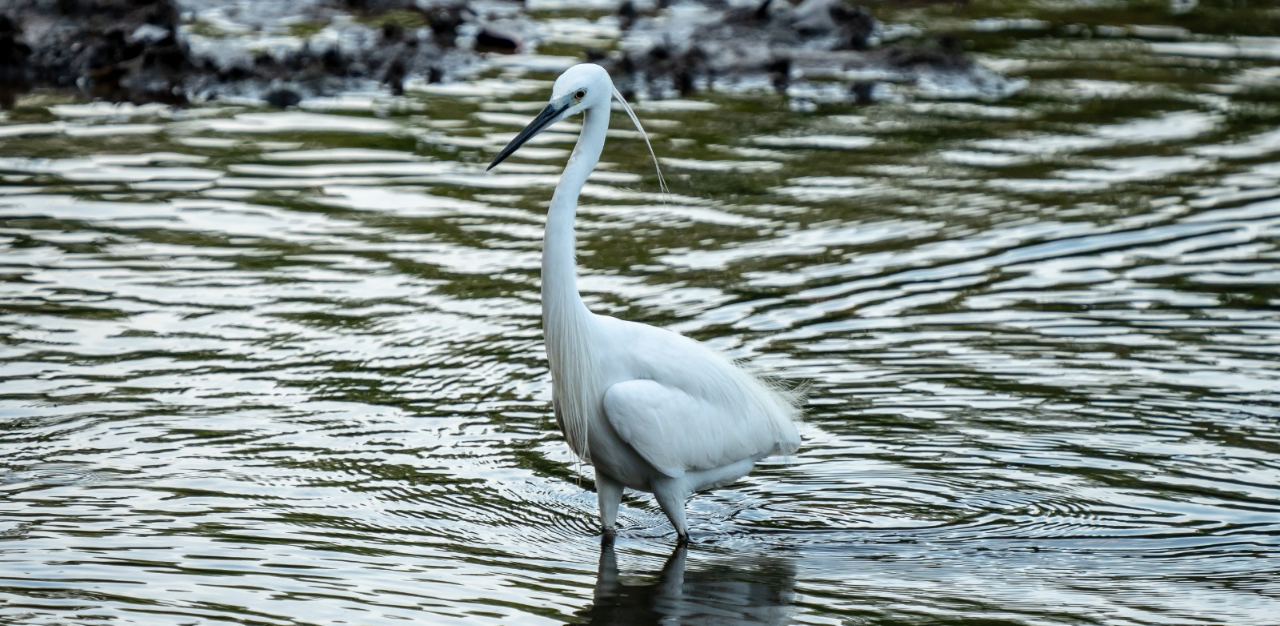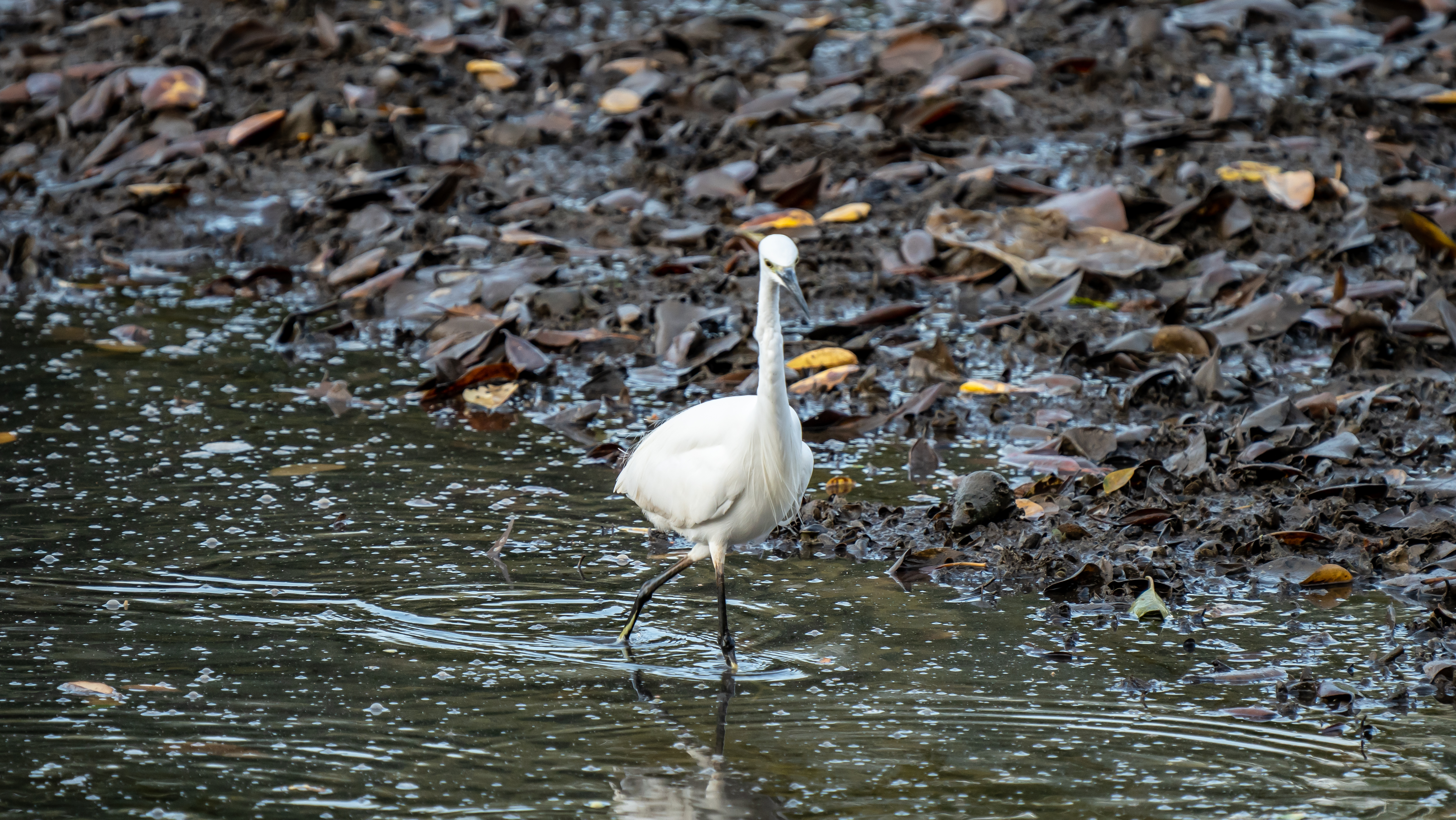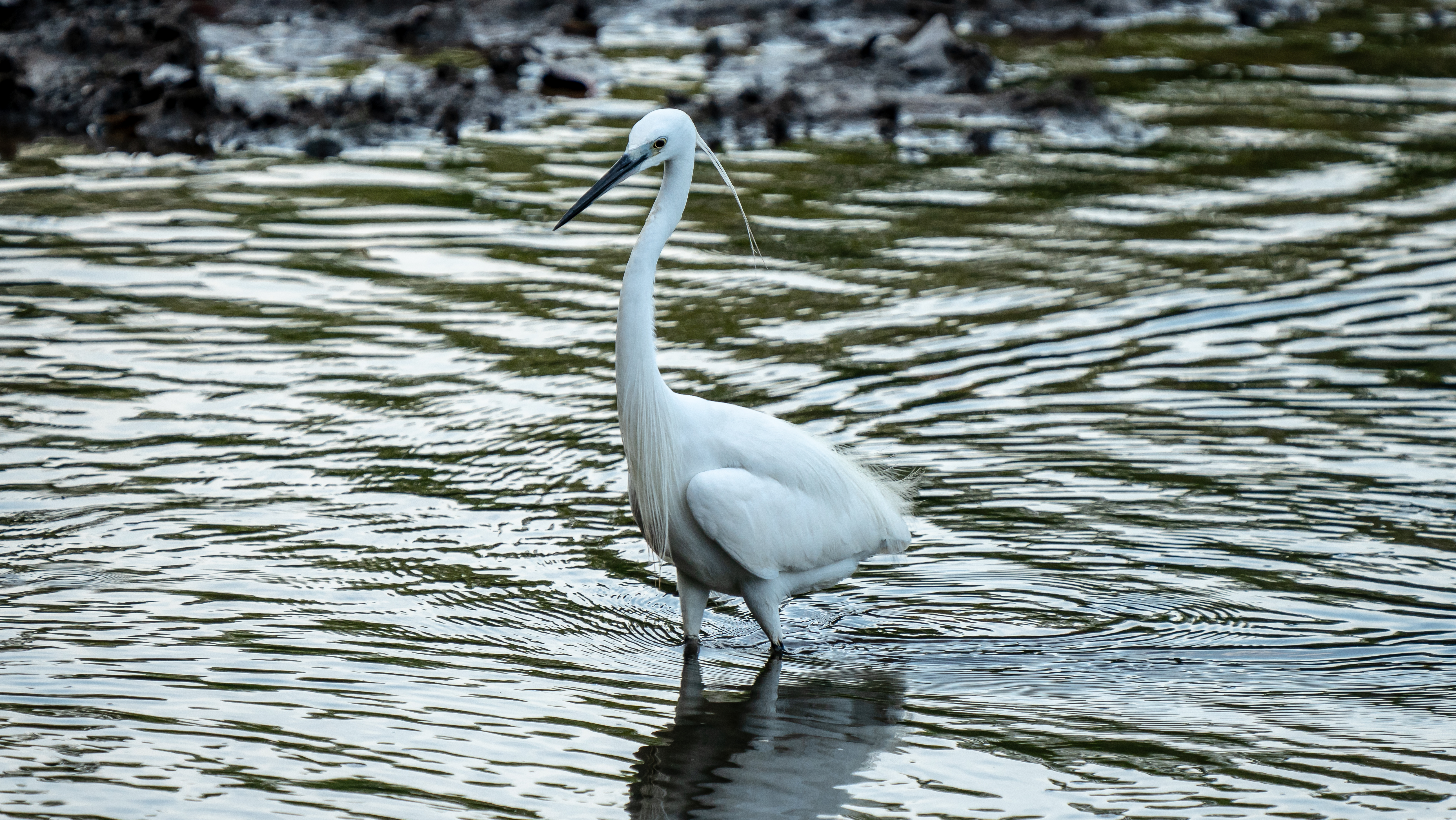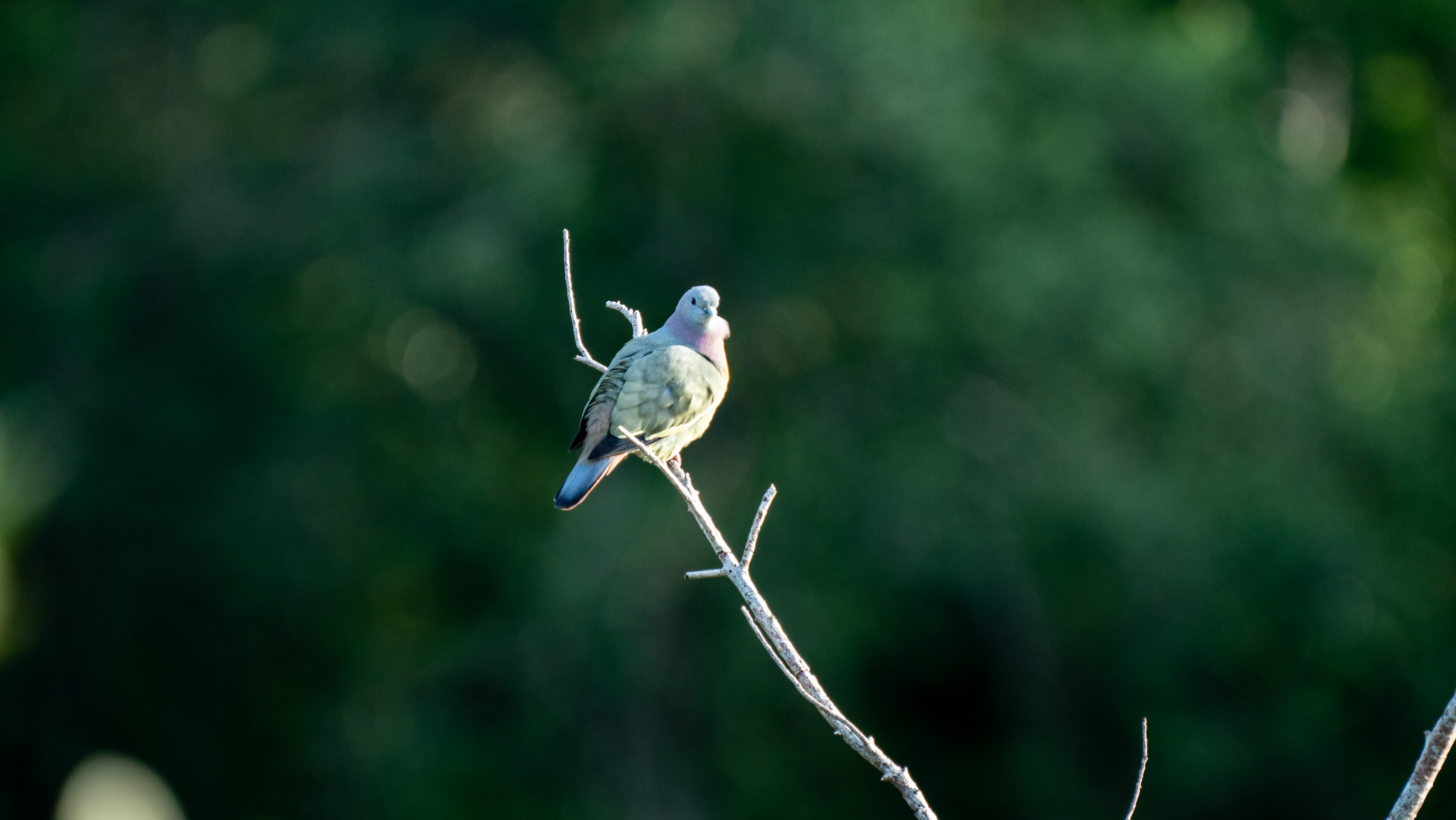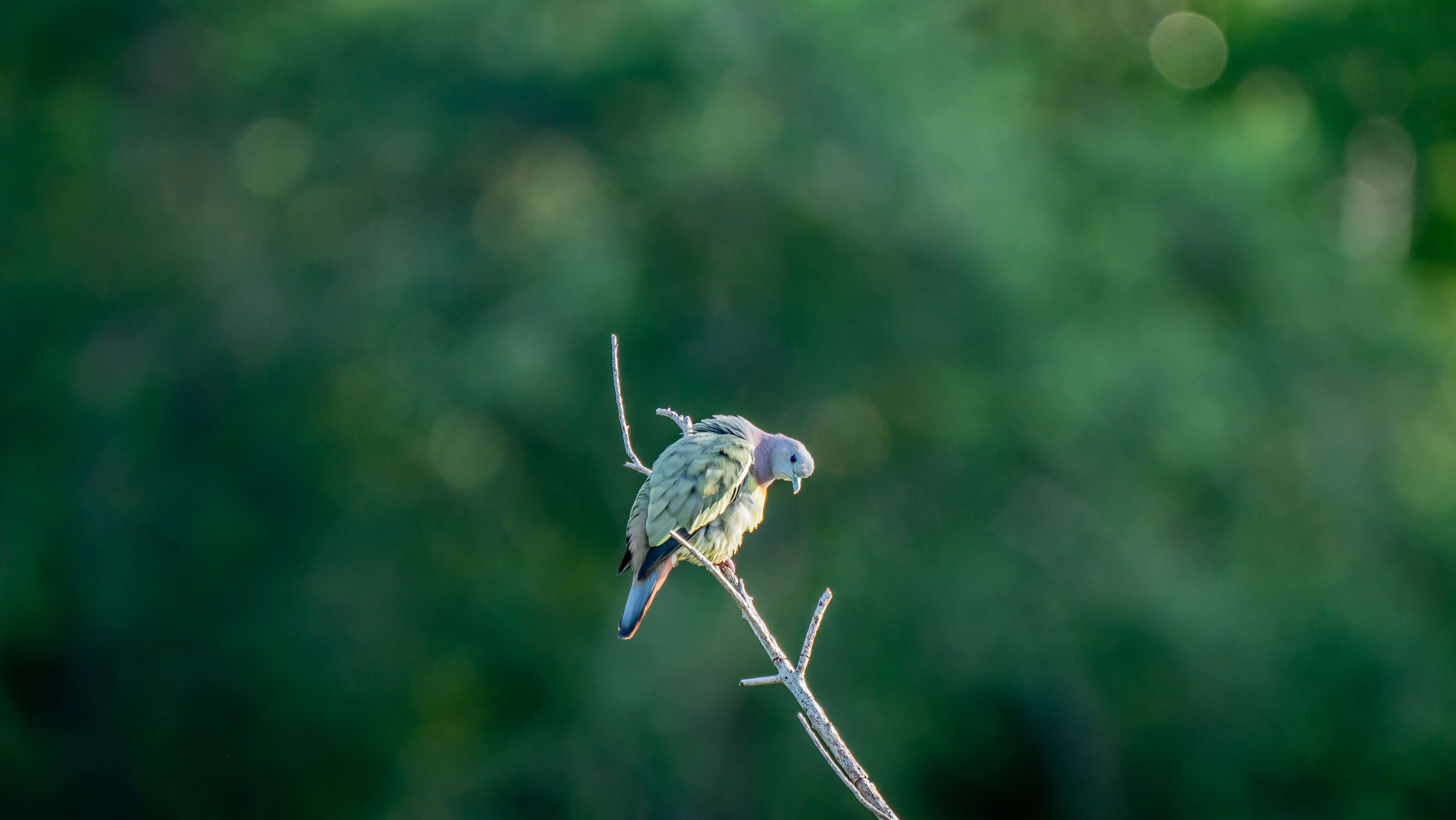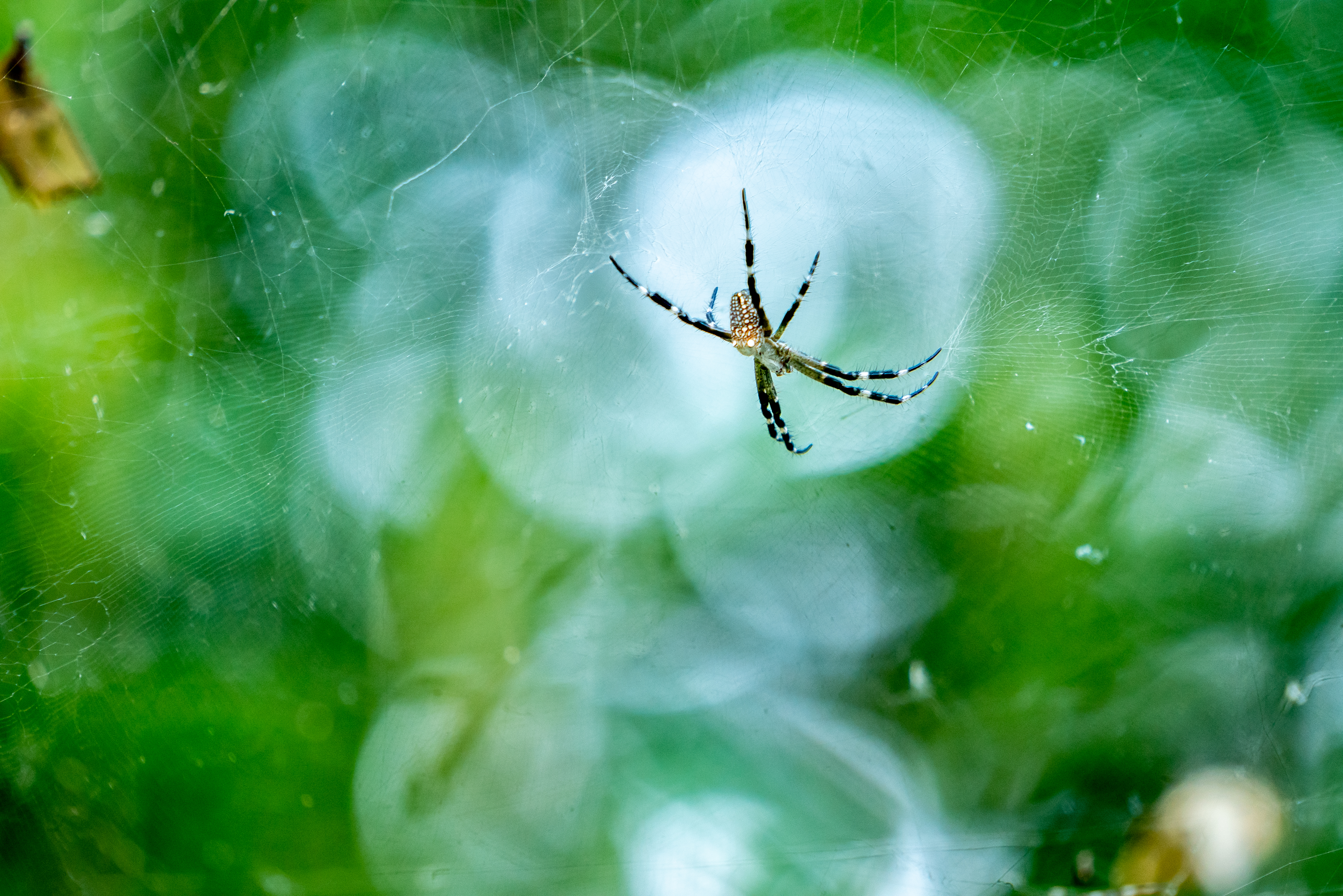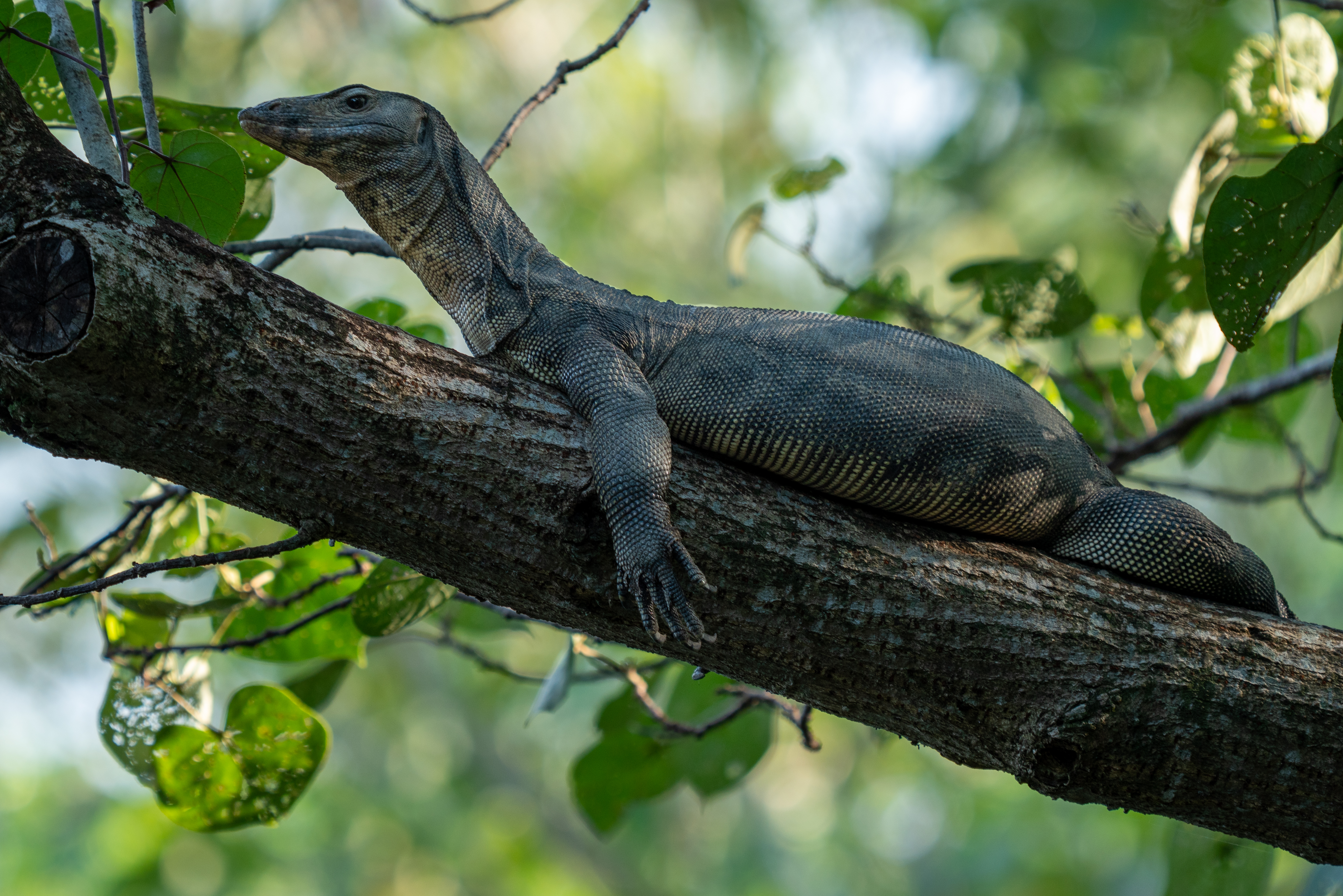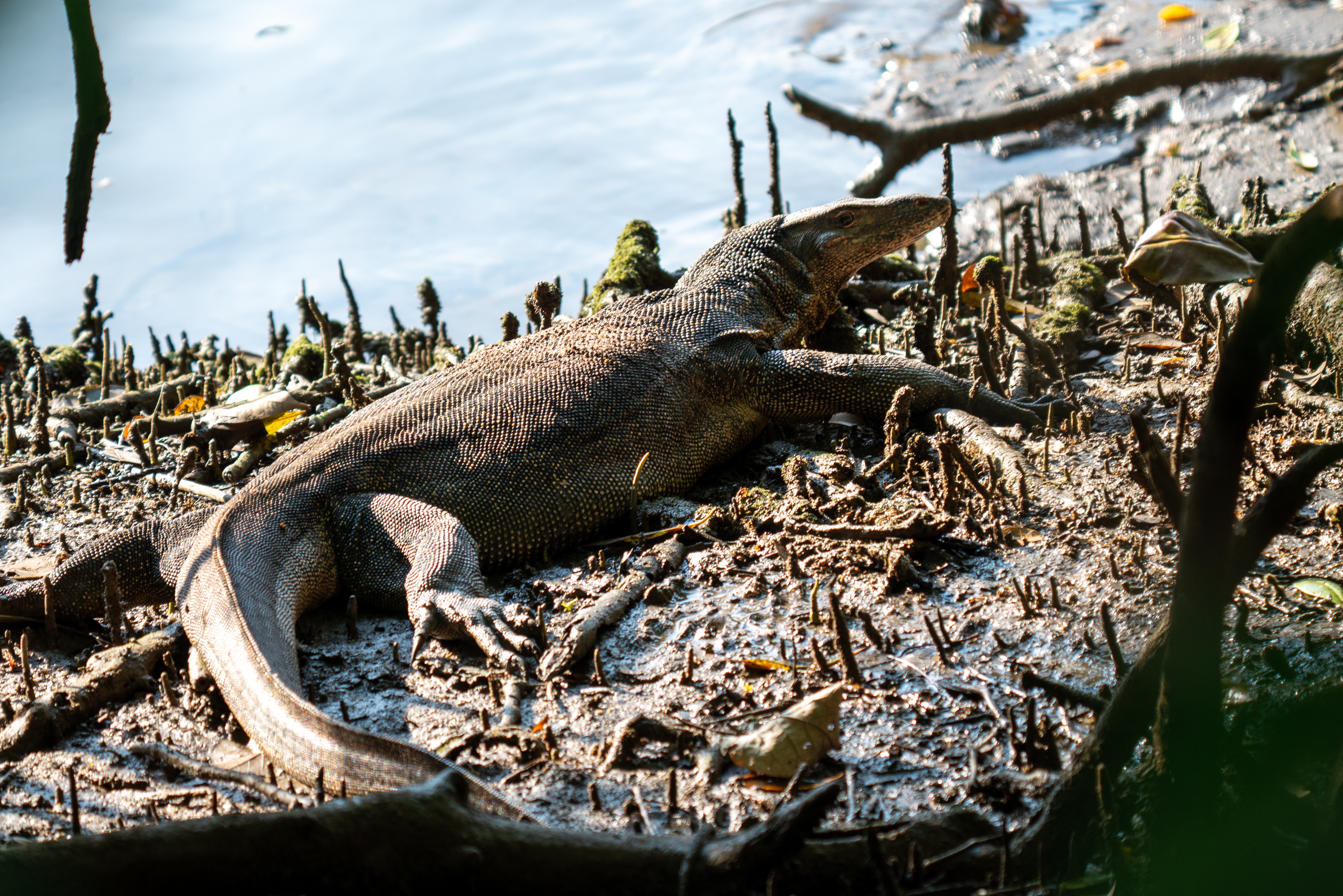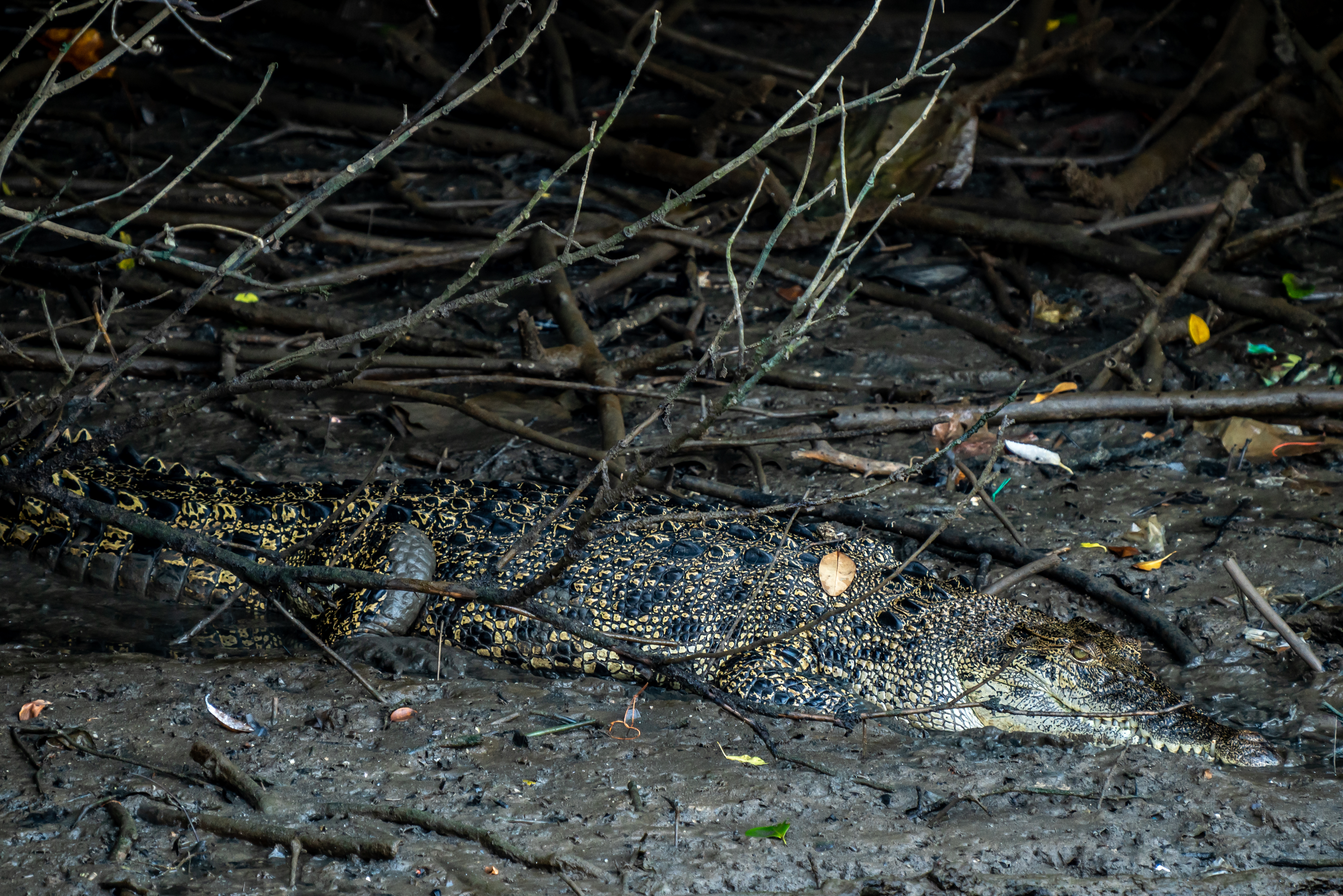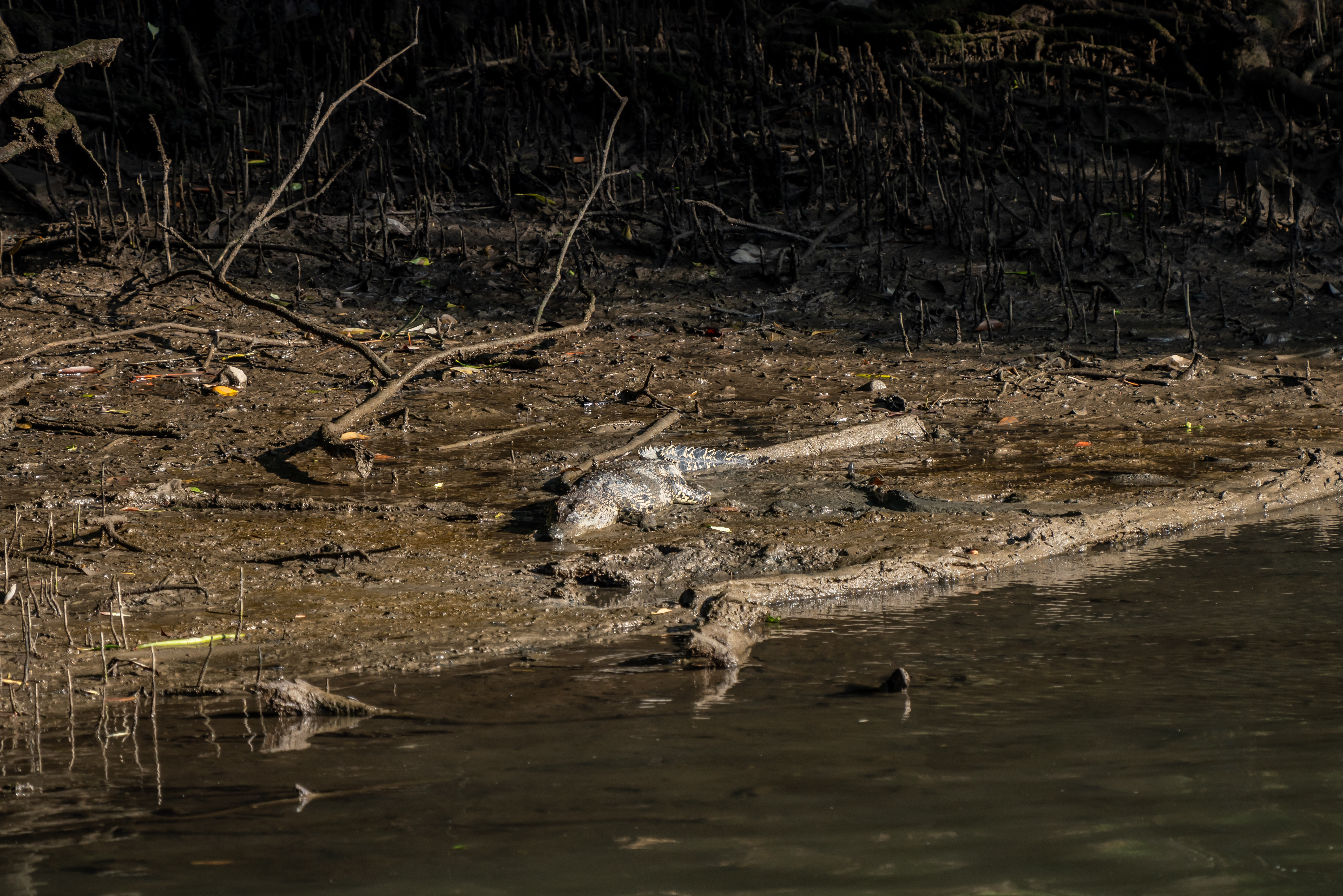All photos in this series are by THG’s own photographer, Malek Roslee.
For years now, I’ve wanted to move away from Singapore – to a place with more nature, more wildlife, and more biodiversity. Having the privilege to travel regularly since my childhood, I’ve particularly enjoyed the nature parks and reserves of lands far away, and delighted in the vast amount of wildlife present in these areas.
But then COVID struck, and I found myself stuck in Singapore, with nowhere to go and nothing to see.
Or maybe, not quite nothing.
A video posted by a group of wildlife enthusiasts opened my eyes to the myriad of biodiversity still present in Singapore today, beyond the otters, macaques and wild boars that often feature in our headlines.
Within the video, you’ll find cuddling owls, mating crabs, venomous vipers, and a whole array of birdlife that call Singapore their home.
Inspired, I thought it time I gave our little country another shot and take a closer look at our own backyard. To play tourist in Singapore, not as a typical tourist would, but through the lens of conservationists and environmentalists, to admire and become aware of all the biodiversity that Singapore has to offer.
This is why I found myself up at 7 a.m., heading down to Sungei Buloh Wetland Reserve, with THG’s very own photographer, Malek Roslee in tow, all in the hopes of finding the wildlife oasis I never knew Singapore had.
And boy, did I get what I was asking for.
Our Time in Sungei Buloh Wetland Reserve
We decided to embark on the Migratory Birds Trail, an approximately 2km-long loop that encircles mudflats often visited by migratory birds, thus its name.
It was only my second visit to the wetland reserve, and I was determined to keep my eyes wide open this time to fully take in what it had to offer. Sungei Buloh is well known as one of the only places in Singapore with crocodiles, and as a reptile-lover, I was beyond excited to catch a glimpse of them.
Avian Sightings
Barely five minutes into our journey and Malek spotted a Black-naped Oriole in a tree far, far away. While these birds aren’t exactly rare, they’re still a stunning species to behold with their vibrant yellow plumes. This was, in fact, a mere taster of the many species of birds we were about to discover.
Upon entering the trail proper, we were greeted by a flock of Little Egrets, a common migrant to Singapore. Little Egrets and other migratory birds tend to visit Singapore between September and March, to escape the winter chill from wherever they come from. In particular, Little Egrets originate from countries in East Asia such as China, Korea and Japan.
They’re often found in the mudflats and shallow waters of Sungei Buloh searching for food, where they disturb small fish by shuffling their feet.

Most Intermediate Egrets have a yellow beak, but we were fortunate enough to spot this one—a breeding adult! Breeding adult Intermediate Egrets can be identified by their black beak, and plumes on their breast and back. With its long, filamentous plumes, this bird sure made for an elegant sight!
The elusive pink-necked green pigeon looks like the fluffier and more beautiful version of the common pigeons we see in our neighbourhoods. Unlike the common pigeons, this variety tend to prefer the cover of the canopies, and thus, tend to much more difficult to spot than its more ordinary counterparts.
Another of the pink-necked green pigeon because how can you resist that floof? (Also, we climbed up many flights of stairs to get to the top of the lookout tower for these shots, so you best believe we’re going to use them.)
A spidery critter that I can’t quite identify. We were about halfway through the trail at this point, but have mostly only seen birds and the occasional insect. By now, I was a little disheartened that it’s all we’re going to get. None of the monitor lizards, crocodiles, or snakes that I had been looking forward to.
But just as we were about to give up all hopes of spotting a reptile this trip, behold, a monitor lizard, lounging languidly on an overhanging tree branch right in front of us! It didn’t move even when we were right under it and instead, stayed almost eerily still, lording over all who passed below.
Soon after, we spotted another one through the thicket. A big boy, this one was, measuring nearly a meter from nose to tail based on my own (very poor) estimation.
And finally, just as we were heading off, we caught sight of the infamous Estuarine Crocodiles that Sungei Buloh is well-known for. I have Malek’s sharp eyes to thank for this one, as he immediately zoned in on these prehistoric reptiles while I glossed over them thinking they were logs (trust me, they camouflaged almost seamlessly with the landscape from the distance).
It seems that while we were just leaving the wetland reserve to escape the heat of the noon sun, these reptiles finally deigned it time to enjoy their late morning bask, much to our delight.
Just before we exited the reserve, we also had the privilege of viewing a Oriental Pied Hornbill take flight, and caught a glimpse of the stunning blue hue of a Collared Kingfisher. Unfortunately, our fingers weren’t quite fast enough to memorialise these colourful birds in photographs before they flew out of sight, but it was definitely the sweetest cherry to top off our morning adventures.
Appreciating Singapore in a New Light
While I was a little disappointed by the end of our 1.5 hour journey that we didn’t manage to see any snakes (my favourite reptile), I was still heartened by the thriving biodiversity at Sungei Buloh. Contrary to popular belief (including mine), Singapore isn’t just a concrete jungle.
In fact, Singapore has a whopping 23,000 to 28,000 species of terrestrial organisms and 12,000 to 17,000 marine organisms, some of which are endemic to our country.
With the current pandemic situation, we’re all forced to remain within our island state. But if you’re looking for something a little different to do this weekend, why not ditch the usual tourist attractions and head on down to one of Singapore’s nature reserves or parks, and try your luck at spotting wildlife? This adventure has been as educational for me as it has been exciting, and has no doubt satiated some of the wanderlust in me (at least, for the time being).
If travel won’t be resuming in the near future, I know now that at the very least, I can get my fill of nature and wildlife in one of Singapore’s many nature reserves, parks, or reservoirs to pass the time!
Join the conversations on THG’s Facebook and Instagram, and get the latest updates via Telegram.
